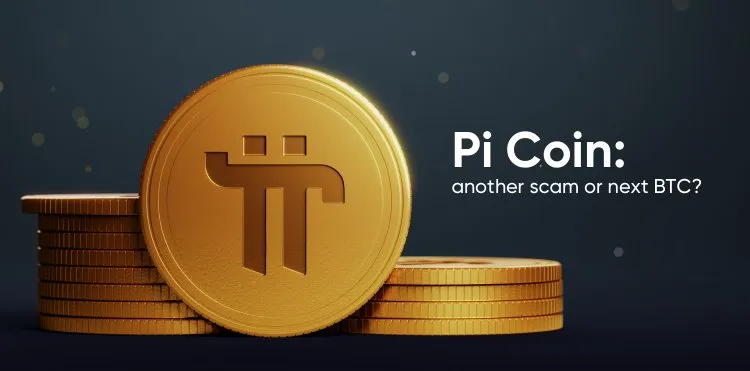Pi Network (PI) is the newest digital coin to grab the attention of the cryptocurrency community, even before it has fully launched. Some users view it as a way to get involved in a cryptocurrency from the ground up and profit in the future, in the same way that early Bitcoin adopters have racked up massive gains from mining and holding the coin. However, others have likened Pi to a multi-level marketing (MLM) scam that holds no value.
But what is Pi Network and how does it work? Have you heard of the Pi cryptocurrency and are you looking to find out more about it as a potential investment?
This article provides an overview of what the Pi Network aims to achieve and how the Pi cryptocurrency price prediction is already taking shape.
What is Pi Network?
Pi Network is a digital currency project that aims to keep crypto mining accessible as the centralisation of the first generation of currencies like Bitcoin has put them out of reach of everyday users. The Pi Network, developed by a team of Stanford graduates, enables users to mine coins using its mobile phone app, validating transactions on a distributed record.
With branding based on the number π, Phase 1 of the project launched in 2019 on Pi Day, March 14, with its free Pi mining app. By June 2019, the network had more than 100,000 active users, and a year later when Phase 2 launched there were more than 3.5 million. The app started running ads in May 2020 to provide a source of financing for the project. The user base reached 14 million in March 2021, having crossed the 12 million mark in February.
Pi Coin is the cryptocurrency that runs on the Pi network, and as with other cryptos such as Bitcoin, PI was designed to undergo regular “halving” to protect its scarcity. Halving is when the number of coins that a miner receives for processing new transactions are reduced by half when a certain milestone is reached.
Pi’s mining rate halved from 1.6 π per hour when it reached 100,000 users, halved again to 0.4 π per hour when it reached 1 million and again to 0.2 π when it reached 10 million. It will continue to halve, reaching zero at 1 billion users.
During the current second phase of the project, users can volunteer to test out Pi Node desktop software on their computer. But when will Phase 3 launch – will it be in 2021? According to the developers, the start of the third phase has not been predetermined but depends on the progress made in the second phase.
Unlike nodes in networks such as Bitcoin or Ethereum that use proof-of-work protocols, Pi Nodes use an algorithm based on the Stellar Consensus Protocol (SCP). Pi Nodes validate transactions on a distributed ledger and reach a consensus on the order of new transactions that the ledger records.
Under the SCP, PI Nodes form security circles, or groups, of three to five trusted people known to each of the networks’ users. Security circles build a global trust network that prevents fraudulent transactions, as transactions can only be validated on the shared ledger if the trusted nodes approve them.

